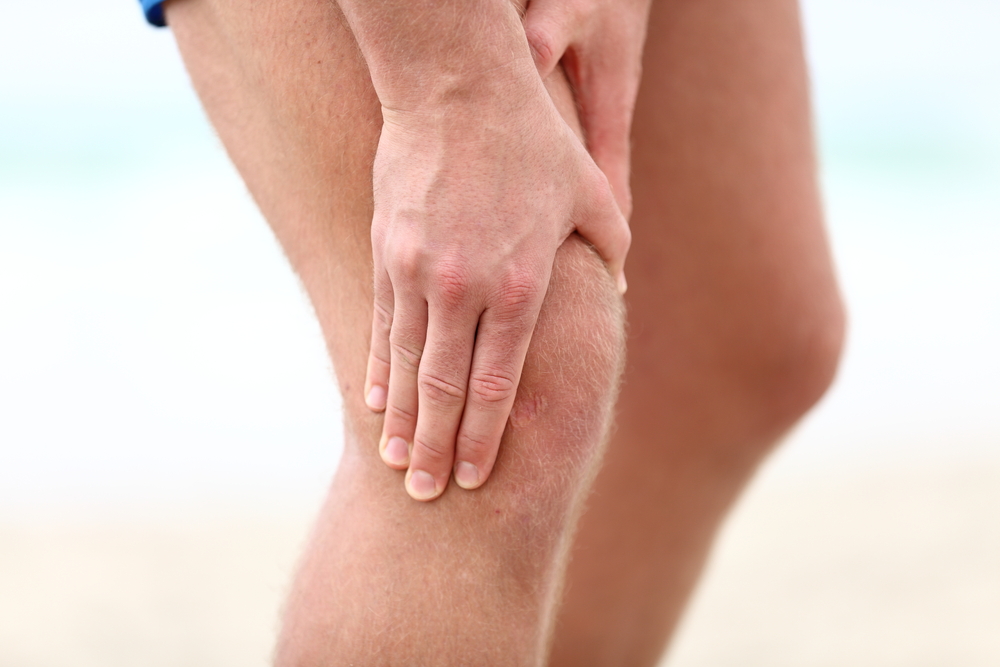Why Mariano Rivera's Torn ACL Is a Devastating Injury

The knee injury that New York Yankee's pitcher Mariano Rivera suffered during batting practice in Kansas City yesterday (May 3) has prompted speculation that the 42-year-old's illustrative career may be over.
The key reason why tears in the anterior cruciate ligament, or ACL, require surgery, while other torn ligaments can heal without surgery, is that the ACL runs through a fluid-filled capsule within the knee, said Malachy McHugh, director of research at the Nicholas Institute of Sports Medicine and Athletic Trauma at Lenox Hill Hospital in New York.
When other ligaments are torn, the free ends are held relatively in place by the surrounding tissues, allowing them to heal by growing back together, McHugh said. However, when the ACL is torn, the free ends of the ligament float around within the fluid of the capsule, making natural rejoining extremely unlikely.
And a torn ACL cannot be sewn back together, McHugh said. "In the 70s, we went in and sewed them up, and all those people ended up with knee instability," he said. The problem seemed to be that the blood supply to that part of the ligament was insufficient to promote proper healing.
Today, during ACL reconstruction surgery, doctors replace the tissue with either a ligament from a cadaver or an intact tendon from elsewhere in the athlete's body — typically either the patella tendon, which runs over the front of the knee cap, or the hamstring tendon, which attaches that muscle to the back of knee, are used, said Dr. Howard Levy, an orthopedic surgeon and trauma specialist at Lenox Hill.
"For someone like Derek Rose, an explosive 23-year-old basketball player, you might be more likely to use one of their own tendons. But for a case like Mariano Rivera, where you have someone close to retirement age, you might be more likely to use a cadaver ligament," Levy said. Rose is a guard with the Chicago Bulls, and tore his ACL during a game in late April. Levy noted that he had not examined either athlete.
During the surgery, doctors drill tiny holes into the shin (tibia) and thigh (femur) bones, and feed the new ligament into the holes, Levy said. Over time, the bone grows back where the holes were drilled, and becomes connected to the ligament. In the meantime, screws made of biocomposite materials, designed to dissolve over time, help to hold the ligament in place. (Metal screws can also be used, but since biocomposite screws became available five or six years ago, most doctors prefer them, he said.)
Sign up for the Live Science daily newsletter now
Get the world’s most fascinating discoveries delivered straight to your inbox.
The operation can take less than an hour, Levy said, and is done arthroscopically. Patients are put under general anesthesia, so they won't move during the operation.
But after surgery, rehabilitation can take six months to a year or two, McHugh said. For athletes, that typically means missing the remainder of the season.
Returning to athletics too soon after the injury greatly raises the odds of injury, McHugh said. "The problem is, they stretch out the new ligament. You don't know it, but your knee becomes looser. Then you tear your cartilage," he said.
The success rate is generally about 90 percent, but athletes remain at a higher risk of re-injuring the ligament afterwards, Levy said.
The main job of the ACL is to control the stability of the knee, Levy said. There are four ligaments within the knee that together control the joint's stability during movements, but people vary in terms of how much their stability is directly controlled by the ACL.
"Some people are more ACL-dependent than others," Levy said. "Some people could run perfectly normally without their ACL, others couldn't even walk without it. But when it comes to high-level sports, everyone needs their ACL," he said.
The way that Rivera tore his ACL was "so classic, it's unbelievable," McHugh said, watching video of the event and freeze-framing at key moments. As he ran to field a ball, Rivera's foot was just about to land on the ground at the exact time he was just about to make the catch.
"If you've done this thousands of times, your brain is automatically controlling all of these movements," McHugh said. "But just before his right foot hits the ground, the ball misses his hand."
"He probably realized, in about half of a second, that he wasn't in exactly the correct position, so he bends his body to the right, and twists to the right at the same time."
The bending and twisting, together, meant that when his foot landed, all of his weight was on the very outer edge of his foot. "That's puts a lot of stress on the ACL."
"Just before his foot his the ground, he's not in a horrendous position, he said. "But when his foot hits the ground — it's frightening."
So could Rivera come back? "Absolutely he could," McHugh said.
Pass it on: ACL injuries have a good recovery rate, but rehabilitation takes a long time, and returning to sports too soon can make things worse.
Follow MyHealthNewsDaily on Twitter @MyHealth_MHND. Find us on Facebook.










